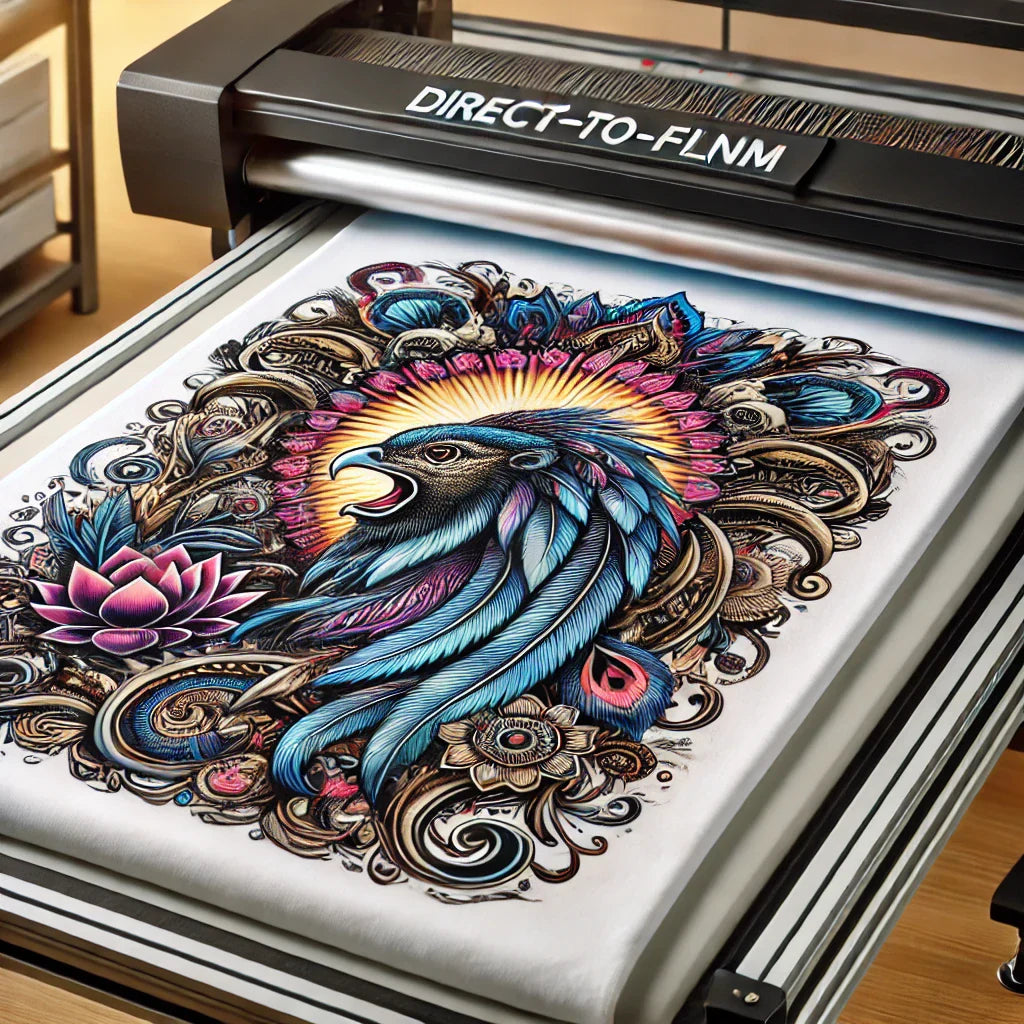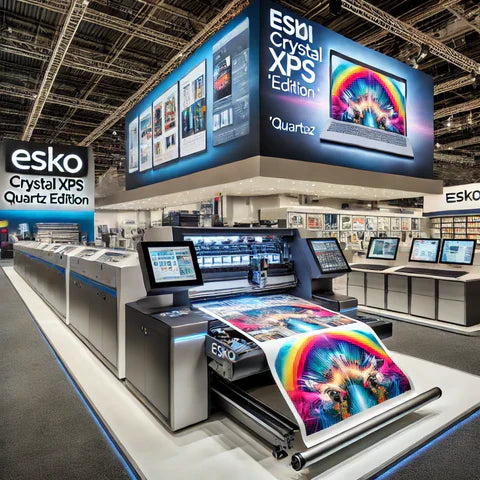
The Next Big Thing in Custom Printing: DTF Technology Takes Center Stage
The Next Big Thing in Custom Printing: DTF Technology Takes Center Stage
In recent years, the custom printing industry has grown rapidly. Advances in DTF Technology and changing consumer demands are driving this growth. Among the most notable developments is Direct-to-Film (DTF) printing. It has become a versatile method for producing high-quality prints on various fabrics. Unlike traditional methods that often require complex setups, DTF allows designers and small businesses to create vibrant and durable designs quickly. Its flexibility makes it popular among apparel brands, creative studios, and hobbyists who seek professional results without heavy investment.
How DTF Technology Works
DTF printing involves printing designs onto a specialized film using water-based inks. After printing, a powdered adhesive layer is applied to the design. The design is then heat-pressed onto the fabric, bonding the colors securely. This process differs from screen printing or sublimation because pre-treating the fabric is often unnecessary. DTF works well on light and dark garments. The adhesive ensures that prints resist cracking, fading, and peeling. Additionally, DTF printing works on cotton, polyester, and blended fabrics.
Advantages Over Traditional Printing Methods
DTF printing is highly versatile. Screen printing and heat transfer vinyl have limits in color complexity, fabric type, and production scale. DTF allows full-color, high-resolution designs without these restrictions. This enables designers to experiment with gradients, detailed artwork, and complex patterns.
Efficiency is another key advantage. DTF reduces setup time and supports smaller production runs without compromising quality. This is ideal for on-demand printing or limited-edition collections. By minimizing waste and enabling faster turnarounds, DTF offers cost-effective solutions for both large operations and individual creators.
Durability is also significant. DTF prints adhere strongly to fabrics and maintain color vibrancy over time. Unlike some transfer methods, DTF designs withstand repeated washing. This reliability increases customer satisfaction and the perceived value of products.
Applications in Custom Printing
DTF printing has many applications. Apparel is the most common, including t-shirts, hoodies, hats, and tote bags. It allows businesses to create personalized merchandise, promotional items, and branded apparel with high-quality results. Beyond clothing, DTF works for home textiles such as pillowcases, cushions, and other fabric accessories. Its adaptability makes it perfect for small-batch production, special events, and seasonal promotions.
The technology is ideal for custom designs and niche markets. Artists, small businesses, and online sellers can quickly respond to trends and customer requests without overstocking inventory. This flexibility supports the rising demand for personalized and unique products.
Sustainability and Eco-Friendliness
Environmental awareness is growing, and businesses seek sustainable printing methods. DTF printing supports eco-friendly practices in several ways. It reduces waste by printing only the required quantity. Water-based inks are generally less harmful than traditional solvent-based inks. The process also eliminates excessive pre-treatment chemicals. These features make DTF a responsible choice for companies aiming to reduce their environmental impact.
Challenges and Considerations
Despite its benefits, DTF printing has challenges. Equipment costs, ink quality, and technique affect results. Operators must control temperature, pressure, and timing during heat transfer. Proper maintenance and following manufacturer guidelines are crucial for consistent output and longer equipment life. Awareness of these factors helps users maximize DTF Technology potential and avoid common errors.
The Future of DTF Printing
DTF printing continues to grow as technology improves. Better ink formulations, films, and adhesives make the process more reliable. Digital design integration streamlines workflows and enables experimentation with new techniques. As demand for unique, on-demand products rises, DTF is becoming a standard in custom printing.
This technology allows small businesses to compete with larger companies. Its scalability and efficiency make it ideal for startups, online sellers, and creative entrepreneurs who want professional-quality merchandise with limited investment.
Conclusion DTF Technology
DTF printing is transforming the custom printing industry. Its combination of versatility, durability, efficiency, and eco-friendliness makes it appealing for businesses and creators. From apparel and home textiles to promotional and personalized products, DTF enables creative possibilities while maintaining practical workflows. As the industry innovates, DTF is set to become a leading method in modern printing. Mastery of this technology empowers designers and entrepreneurs to produce professional, vibrant, and long-lasting products that meet today’s dynamic market demands.

